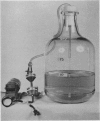Abstract
A method is described for the preparation of purified polysaccharides from strains of Rhizobium in quantities large enough so that with an exhaustive purification scheme enough product is recovered for various characterization purposes. When steps in the purification process are eliminated, much larger amounts of crude gum are obtained.
Organisms were grown in liquid medium and the crude gum was precipitated along with the bacterial cells by a quaternary ammonium complexing agent. This precipitate was dissolved in salt solution, reprecipitated with ethanol or ethanol-acetone mixtures several times, followed by pressure filtration with membrane filters.
The same procedure should be applicable to commercial scale production in large fermentors if a use for the gum could be shown. The method also should be suitable for other organisms with similar growth habits.
Full text
PDF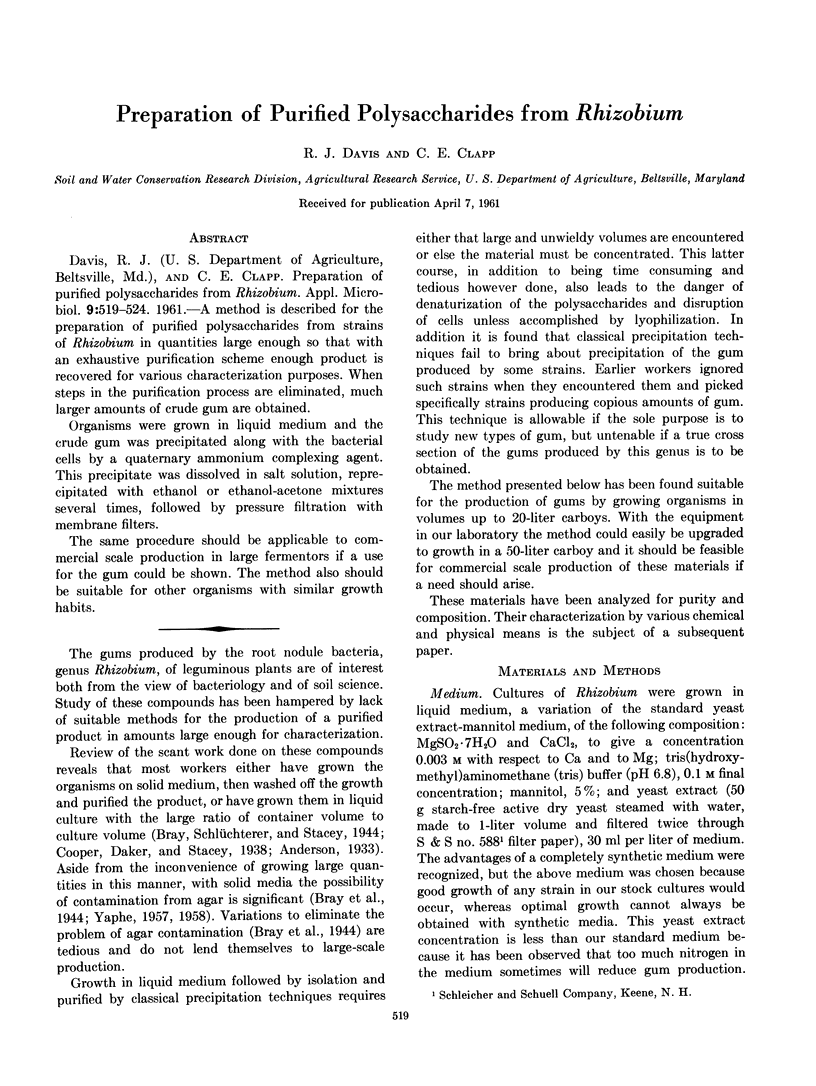
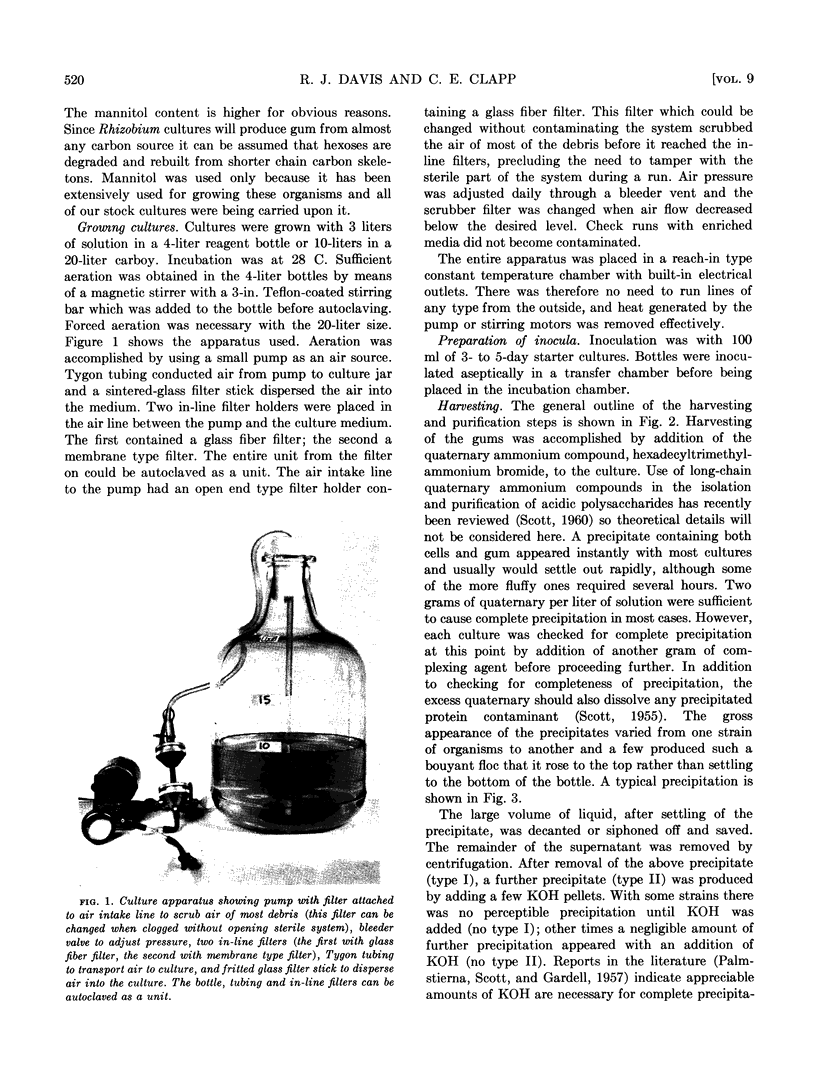
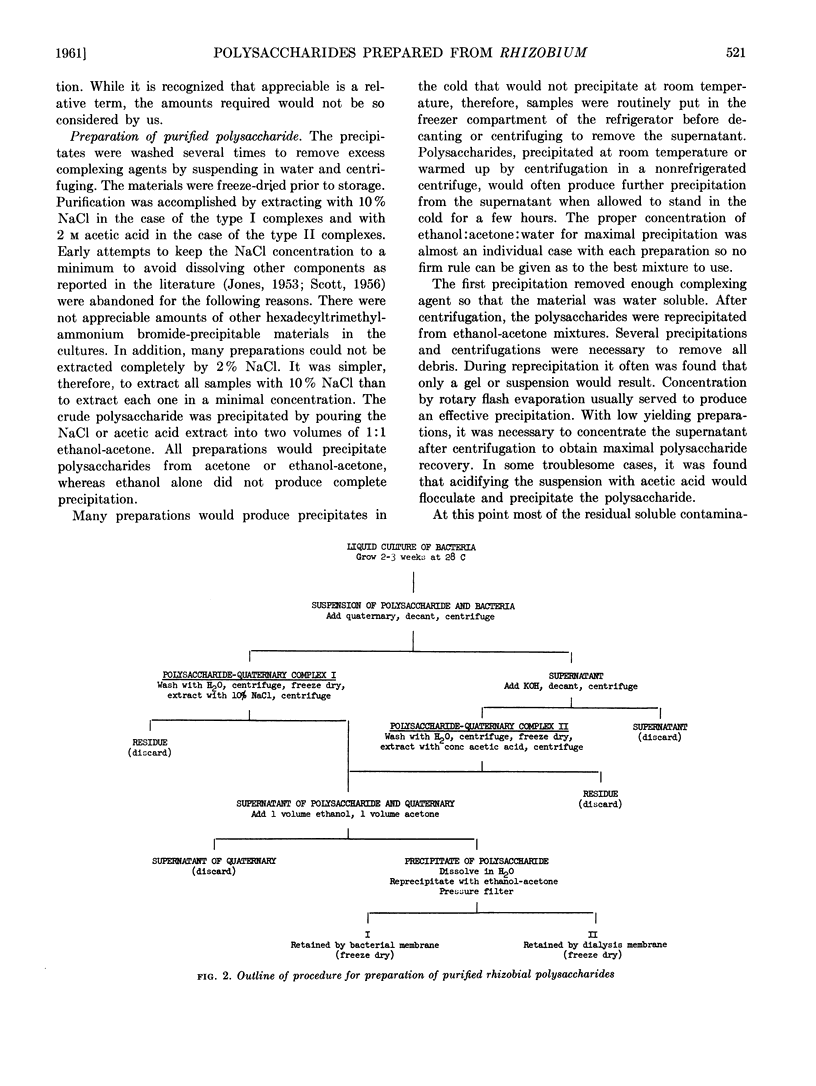
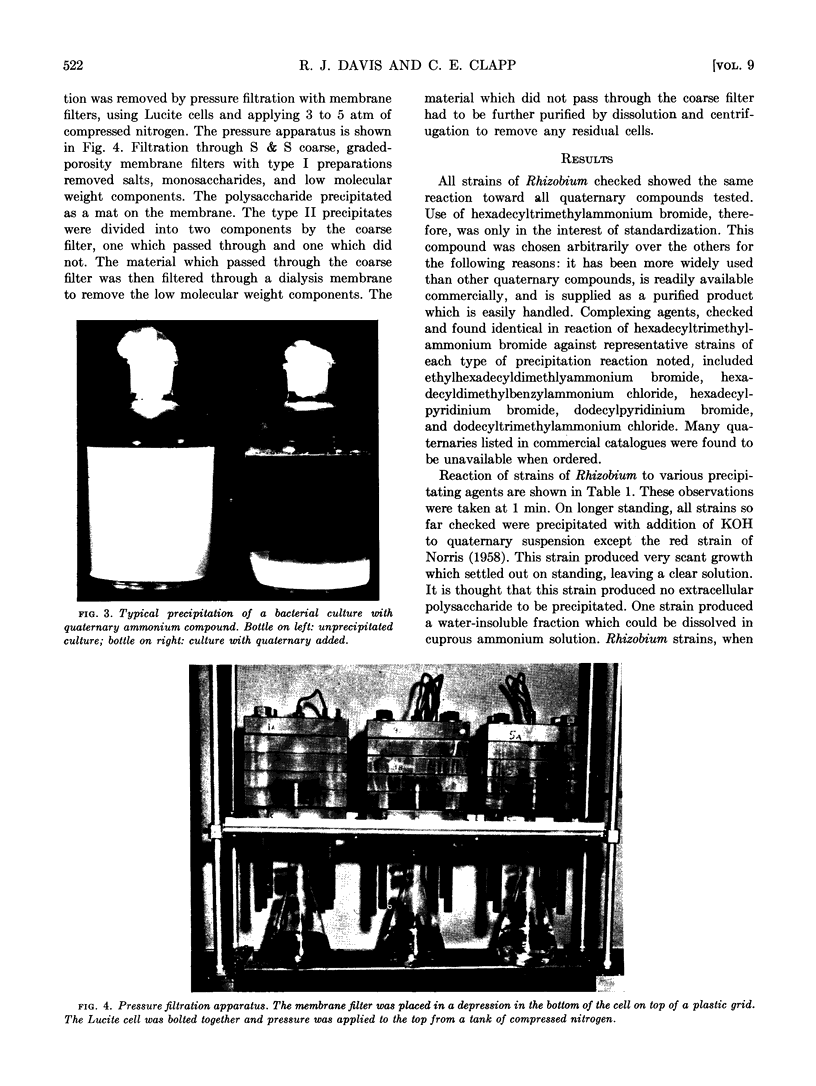
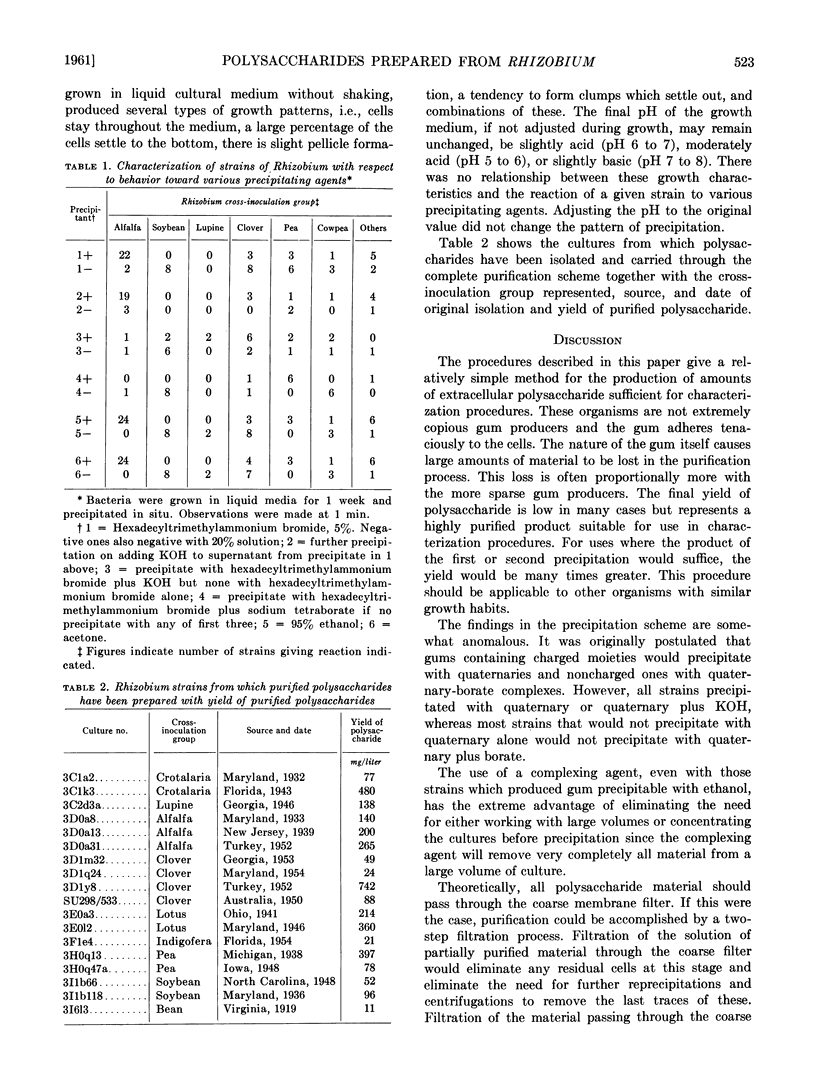
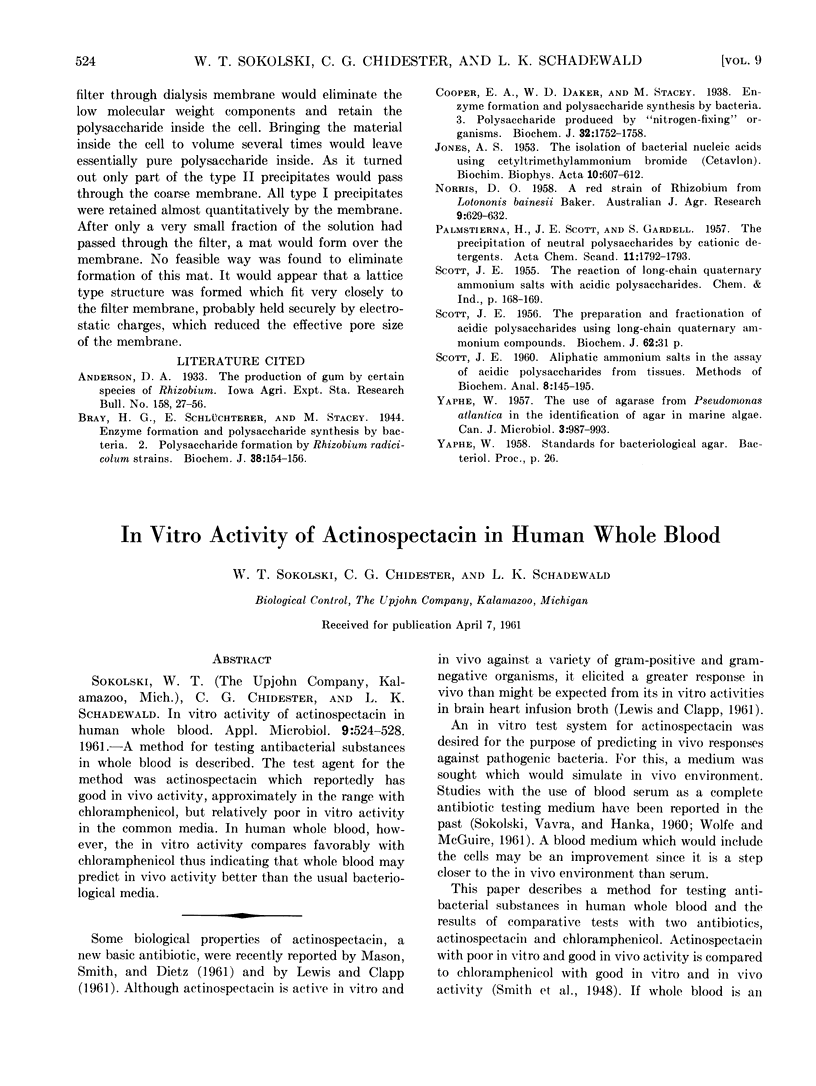
Images in this article
Selected References
These references are in PubMed. This may not be the complete list of references from this article.
- Bray H. G., Schlüchterer E., Stacey M. Enzyme formation and polysaccharide synthesis by bacteria: 2. Polysaccharide formation by Rhizobium radicicolum strains. Biochem J. 1944;38(2):154–156. doi: 10.1042/bj0380154. [DOI] [PMC free article] [PubMed] [Google Scholar]
- Cooper E. A., Daker W. D., Stacey M. Enzyme formation and polysaccharide synthesis by bacteria: Polysaccharides produced by "nitrogen-fixing" organisms. Biochem J. 1938 Oct;32(10):1752–1758. doi: 10.1042/bj0321752. [DOI] [PMC free article] [PubMed] [Google Scholar]
- JONES A. S. The isolation of bacterial nucleic acids using cetyltrimethylammonium bromide (cetavlon). Biochim Biophys Acta. 1953 Apr;10(4):607–612. doi: 10.1016/0006-3002(53)90304-7. [DOI] [PubMed] [Google Scholar]
- SCOTT J. E. Aliphatic ammonium salts in the assay of acidic polysaccharides from tissues. Methods Biochem Anal. 1960;8:145–197. doi: 10.1002/9780470110249.ch4. [DOI] [PubMed] [Google Scholar]
- YAPHE W. The use of agarase from Pseudomonas atlantica in the identification of agar in marine algae (Rhodophyceae). Can J Microbiol. 1957 Dec;3(7):987–993. doi: 10.1139/m57-109. [DOI] [PubMed] [Google Scholar]



